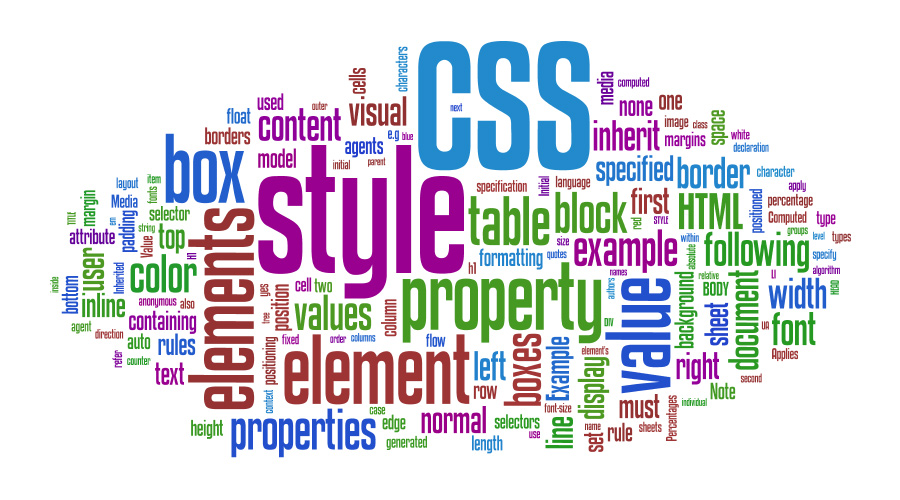CSS, an overview
CSS is the presentation side of web design. CSS and HMTL work together to make your website an impressive place to be. Years ago, web developers realized they needed a way to separate content from design, so they created CSS. CSS uses the HTML tags to apply certain changes to certain sections of your code.
CSS for global change.
The amazing, wonderful thing abut CSS, is that no matter how many pages are in your site, you can change the appearance of all of them at the same instant by changing the properties in your CSS style sheet. It’s a global change in one document. This one-stop saves untold number of work hours because your web site management team doesn’t have to apply the changes one page at a time.
CSS is uniform
CSS style sheets allow you to make every page of your site follow the same presentation scheme. Do you want all you hyperlinks to be green with dotted underlines? CSS can do that. Do you want all your images surrounded by a 4 pixel wavy border? CSS can do that.
CSS is endless
CSS will even work with JavaScript to create new pages at end-user command. Have you seen livejournal? Everyone’s different user pages are done via CSS choices. Left hand menu, right hand menu. Black background, green background. CSS style sheets are applied to user-created content. There is no limit to the amount of pages that can be linked to a CSS style sheet. Every page will be the same design, so you or your user can focus on the content you want.
CSS is clean
The more CSS you use, the less code you use in your HTML pages, which is a good thing because the cleaner your HTML code is, the easier job search engines have finding your pages. So the cleaner your code, the better your page ranking.
CSS is faster
The more presentation code you leave out of your HTML document and place in your CSS style sheet, the faster your page will load. This is particularly attractive to users who surf the web and don’t stay on any site if it doesn’t immediately load.
CSS is compatible
CSS is cross-browser compatible. No matter what browser you use, you website will look the way you want, because every browser will understand the style sheet in the same way.
CSS is printer friendly
Printers can easily ignore the CSS styles and only print the all important content of the webpage.
CSS can make mobile friendly pages
A bit of javascript code in the html document will alert the server if a user is accessing the web site with a mobile device. This can bring up a different CSS style sheet, specifically designed for use with mobile devices. The same content, presented in a compatible way, can make the mobile user very happy.

